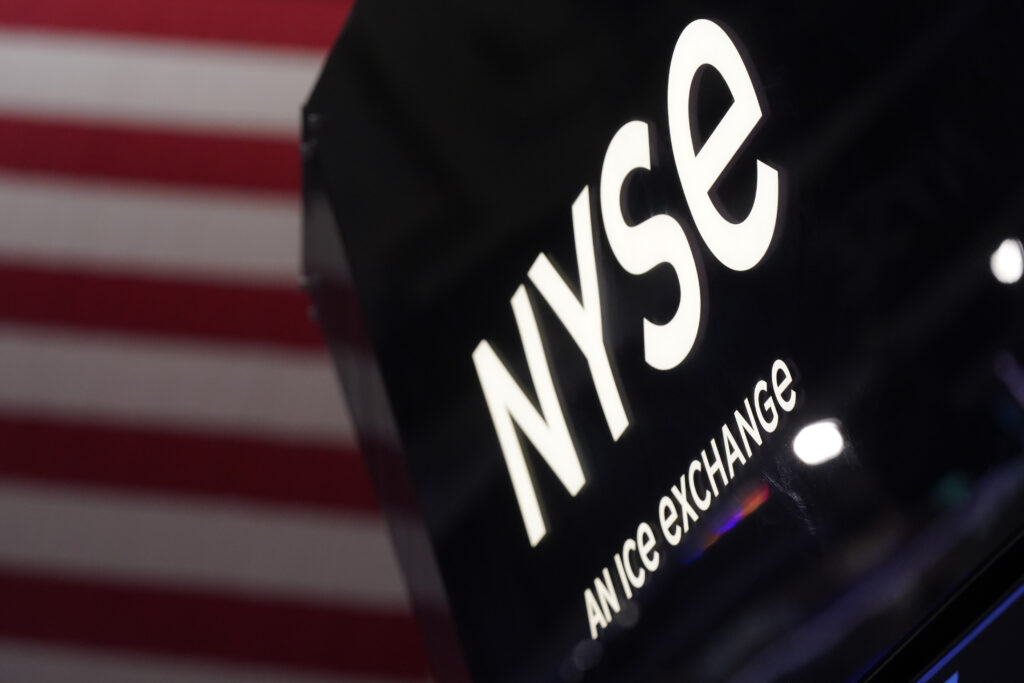Wall Street’s main stock indexes dipped in choppy trading on Tuesday in the run-up to the Federal Reserve’s monetary policy meeting, while investors assessed the latest batch of earnings reports and parsed through more economic data. Nvidia was a big drag, down 3.7% after a report said U.S. curbs could force the chip designer to cancel billions of dollars of orders to China. Other major growth stocks such as Meta Platforms and Microsoft fell between 0.4% and 1%.
Quick Read
- Wall Street exhibited mixed results on Tuesday, influenced by varied earnings reports from major companies. The S&P 500 increased by 0.2%, recovering a significant portion of its October losses. The Dow Jones Industrial Average slightly rose, and the Nasdaq composite remained almost unchanged.
- Despite most major U.S. companies reporting higher-than-expected profits for the summer, Caterpillar’s stock declined by 5.5% due to concerns over slowing orders and increasing dealer inventories.
- JetBlue Airways shares dropped 14.4% after announcing a larger-than-expected loss for the summer. The airline cited excessive air-traffic control and weather-related delays and an imbalance between available seats and passenger demand during off-peak times.
- VF Corp., owner of brands like Vans and Timberlands, saw its stock decrease by 12.1% after reporting lower profits than anticipated. The company also reduced its dividend by 70% and withdrew its revenue and profit predictions for this fiscal year.
- On the positive side, Pinterest’s stock surged 17.8% after announcing higher profits than anticipated for the quarter, with significant user growth in Europe.
- GE Healthcare Technologies shares also climbed 6.9% after posting better-than-expected quarterly results.
- Despite the S&P 500 indicating potential overall growth in earnings per share for the year, the index is on track for a 2.7% monthly loss, marking its third consecutive monthly decline since the COVID-19 pandemic began.
- The rapid rise in Treasury yields is a significant factor contributing to this decline. The 10-year Treasury yield recently reached its highest level since 2007.
- All eyes are on the Federal Reserve’s interest rate announcement on Wednesday. The Fed has previously increased its primary overnight interest rate to its highest since 2001 and plans future actions based on inflation and job market data.
- Reports released on Tuesday presented a mixed picture of the economy. Wage and benefit growth for U.S. workers decelerated in the summer, but not as much as anticipated, indicating a slow moderation.
- Consumer confidence in the U.S. declined last month, though not as sharply as economists predicted. Persistent consumer spending has helped the economy avoid a recession but might be intensifying inflationary pressures.
- Most analysts expect the Fed to maintain its overnight interest rate on Wednesday. The central focus is on how long the Fed will retain the high rate before reducing it.
- The Bank of Japan has indicated a willingness to allow 10-year bond yields to exceed 1%. Despite this, Japan’s Nikkei 225 index increased by 0.5%, contrasting with losses across most of Asia due to concerns about China’s economic health. European stock indexes saw modest gains.
The Associated Press has the story:
Wall Street drifts as it nears the finish of a 3rd straight losing month
Newslooks- NEW YORK (AP)
Wall Street is drifting Tuesday following some mixed earnings reports from big companies. The S&P 500 was 0.2% higher in midday trading, a day after clawing back a big chunk of its loss for October. The Dow Jones Industrial Average was up 4 points, or less than 0.1%, as of 11 a.m. Eastern time, and the Nasdaq composite was virtually unchanged. All three indexes were bouncing between small gains and losses.
Most big U.S. companies have been reporting stronger profit for the summer than expected, and Caterpillar joined them. But the heavy machinery maker’s stock sank 5.5% after analysts focused on a slowdown in orders and growing inventories at dealers.
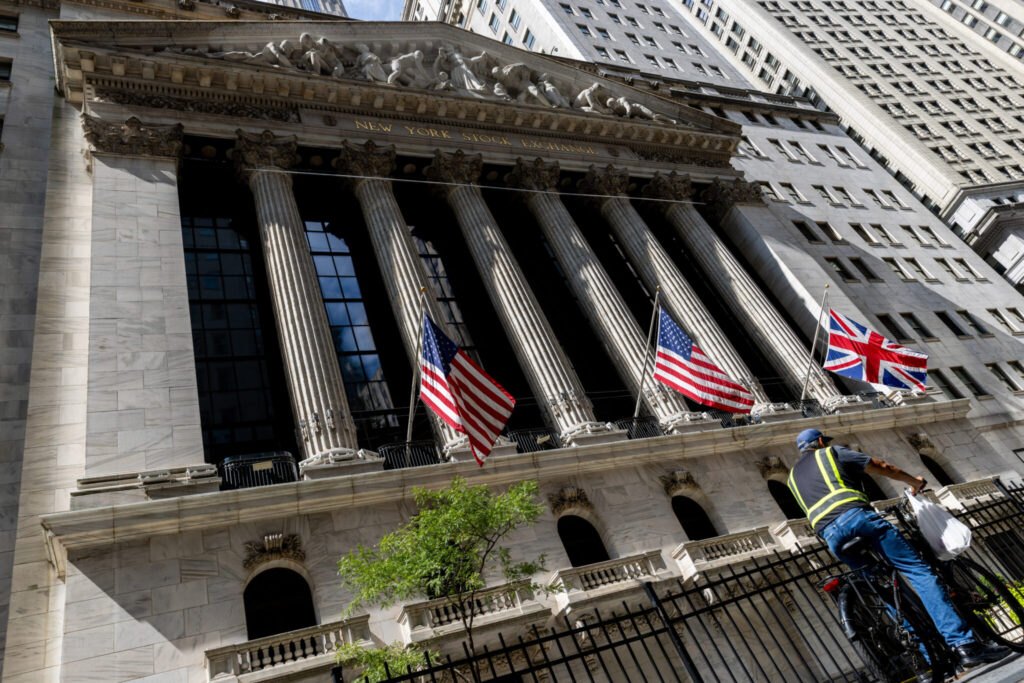
JetBlue Airways tumbled 14.4% after it reported a worse loss for the summer than expected. It said demand for travel is still strong during peak periods, but the industry has too many seats chasing after too few passengers during off-peak times. It also called the magnitude of air-traffic control and weather-related delays “staggering.”
VF Corp., the company behind Vans, Timberlands and other brands, dropped 12.1% after it reported weaker profit than expected. It also slashed its dividend 70% and withdrew its forecasts for revenue and profit this fiscal year.
On the winning side of Wall Street was Pinterest, which jumped 17.8% after reporting stronger profit for the latest quarter than analysts expected. It cited growth in users around the world, with Europe particularly strong.
GE Healthcare Technologies climbed 6.9% after it also reported stronger results for its last quarter than Wall Street had forecast.
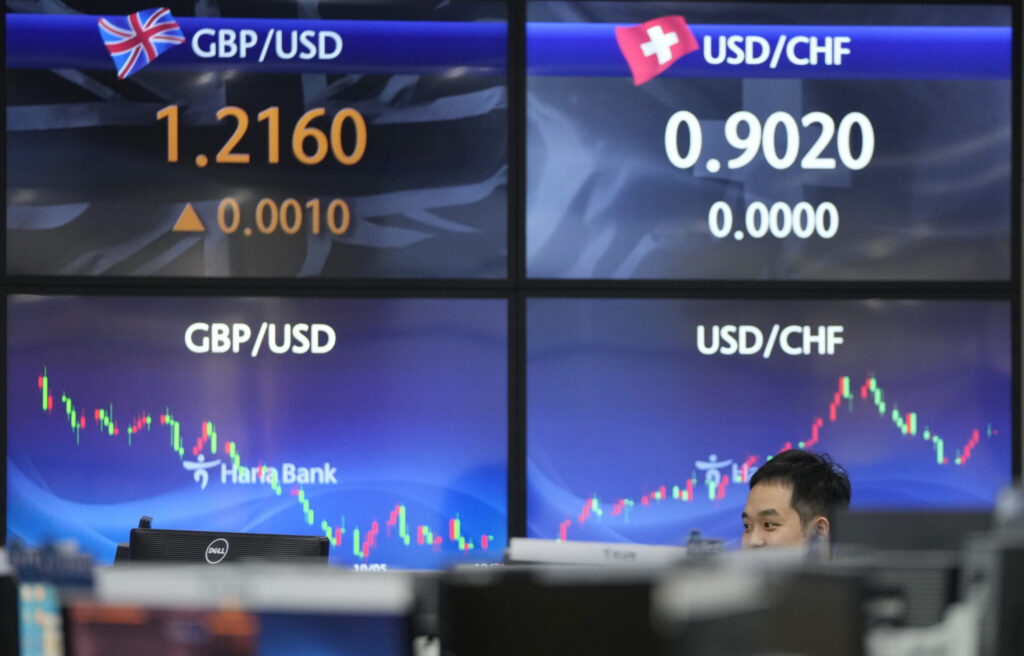
Even though the big companies in the S&P 500 appear to be on track to report their first overall growth in earnings per share in a year, the main index of Wall Street’s health is still heading for a loss of 2.7% for the month. That would be its third straight monthly drop, the longest losing streak since the COVID-19 pandemic froze the global economy at the start of 2020.
A big reason for the weakness has been the swift rise in Treasury yields in the bond market. The 10-year Treasury yield, which is the centerpiece of the bond market, has jumped from less than 3.50% during the spring to more than 5% earlier this month, touching its highest level since 2007.
Higher yields knock down prices for stocks and other investments, while slowing the overall economy and adding pressure on the entire financial system.
The 10-year Treasury yield slipped to 4.84% from 4.89% late Monday, and much of Wall Street is focused on what’s coming Wednesday afternoon. That’s when the Federal Reserve will make its latest announcement on interest rates.
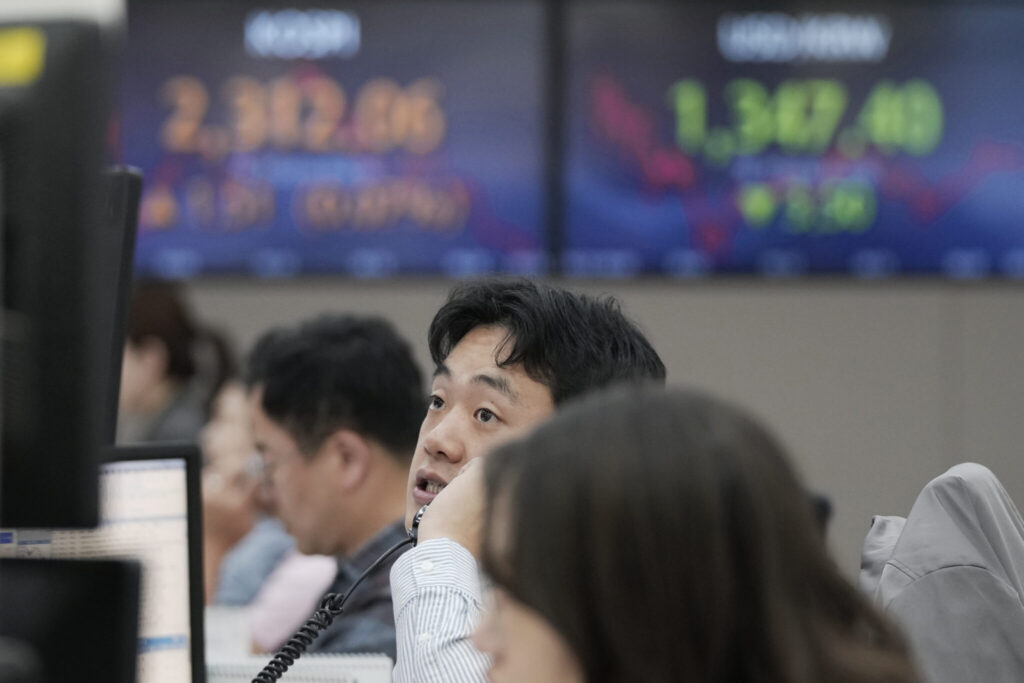
The Fed has already pulled its main overnight interest rate above 5.25%, its highest level since 2001. It’s been saying it will make upcoming moves based on what data say about inflation and the job market, where the worry is that too-strong growth could give inflation more fuel.
Reports on the economy Tuesday morning came in mixed. One said that growth in wages and benefits for U.S. workers slowed during the summer, compared with year-earlier levels, but not by as much as economists expected.
The data “points to a disappointingly gradual moderation,” according to EY Chief Economist Gregory Daco, and wage growth remains above the Fed’s comfort level.
Another report said that confidence among U.S. consumers weakened last month, but not by as much as economists expected.
Strong spending by U.S. households has been one of the main reasons the economy has avoided a long-predicted recession, but it could also be adding upward pressure on inflation.
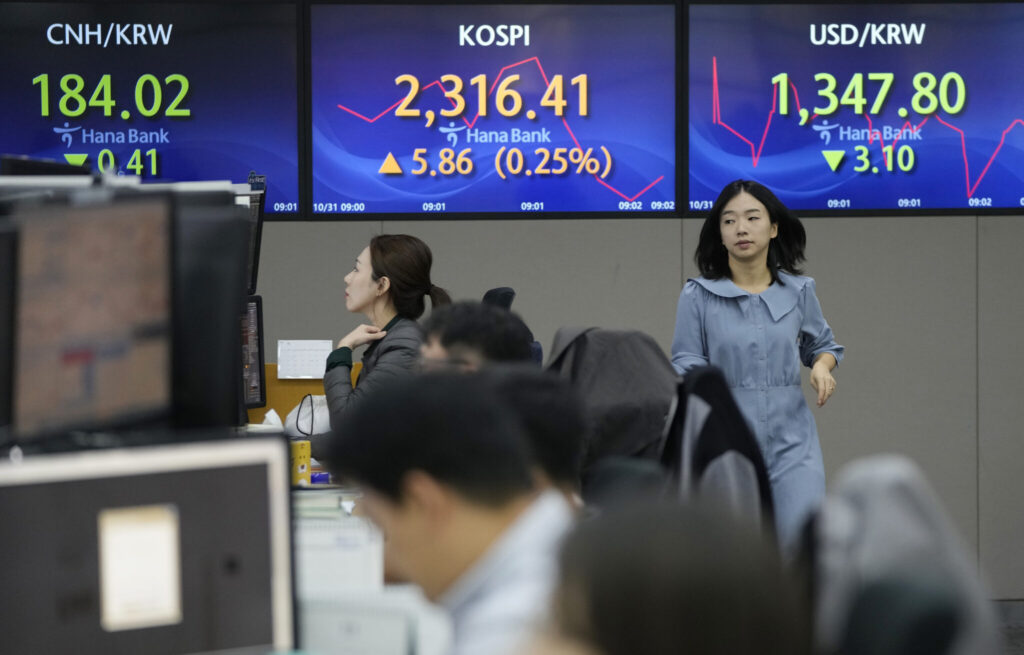
The widespread expectation on Wall Street is still for the Fed to keep its overnight interest rate steady on Wednesday. The bigger question is how long it will keep that main rate high, before cutting it to offer financial markets some more oxygen.
In Tokyo, the Bank of Japan added more upward pressure on interest rates. It said it would allow yields on 10-year bonds to rise above 1%, calling it “a reference point” instead of a more rigidly set cap. Even so, analysts said investors were likely braced for something even tougher from Japan, which is home to some of the easiest interest-rate policies around the world.
Japan’s Nikkei 225 rose 0.5%, an outlier among losses across much of Asia amid worries about China’s economic strength. Stocks indexes in Europe were modestly higher.

